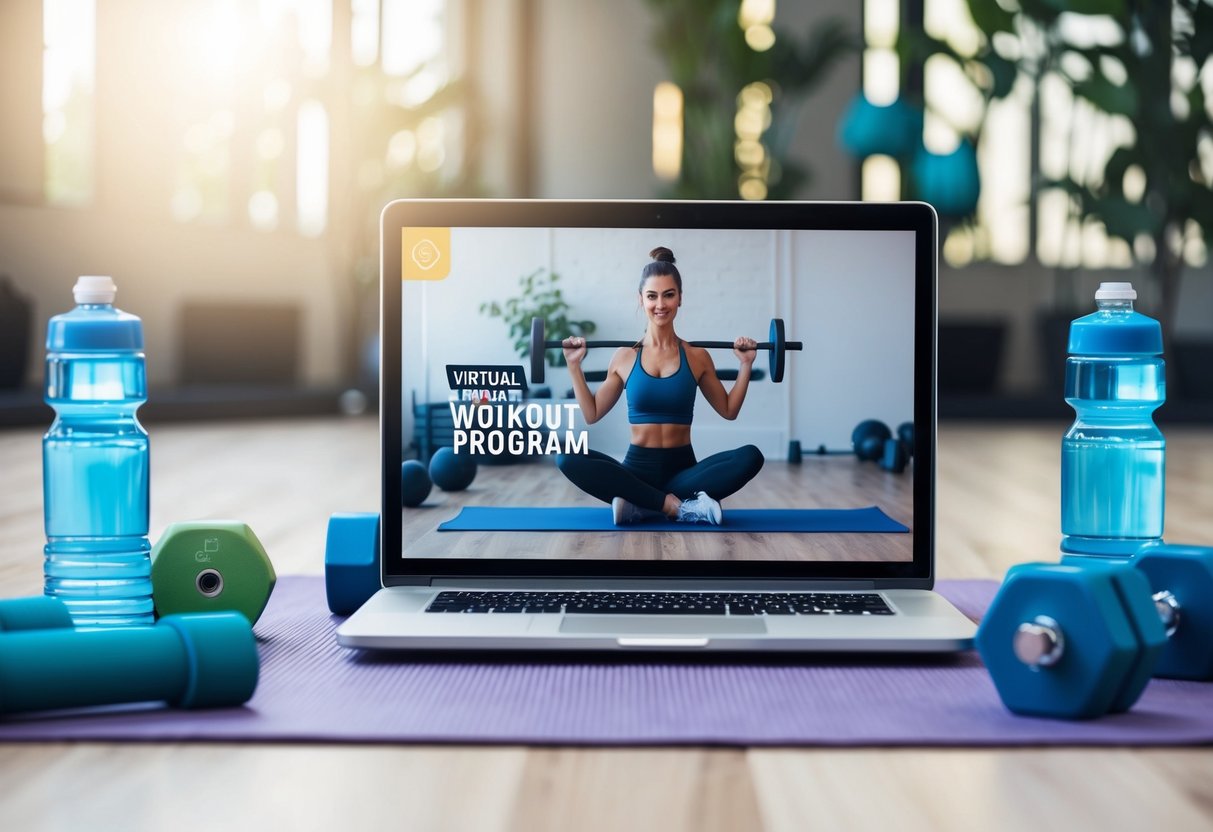
The Flexibility of On-Demand Workouts
On-demand workouts are appealing for those with busy schedules, providing the ability to exercise at any time. Companies like iFit and Peloton offer extensive libraries of workouts, allowing users to choose based on their preferences. This flexibility ensures that exercise can fit into even the most hectic lifestyles, without being constrained by specific class times.
For individuals who prefer solitude or have non-traditional work hours, on-demand workouts provide a tailored fitness regime. They cater to different levels and interests, featuring everything from high-intensity intervals to calming yoga sessions. The convenience of pausing and resuming workouts as needed is a particular boon for parents or those with variable time commitments.
On-demand options allow users to repeat workouts at their own pace, promoting mastery of difficult moves or routines. This adaptability helps create a personalized fitness routine that can evolve as fitness levels improve, offering both challenges and familiarity to keep engagement high.
The Role of Community and Motivation
Participating in virtual workout programs offers more than just fitness outcomes. Connections formed through online platforms and the profound impact of shared goals in virtual environments play a significant role.
Building Connections Online
In the digital fitness landscape, community is key. Online communities offer a support network where individuals can connect, share experiences, and hold each other accountable. These platforms can vary from forum discussions to social media groups where participants share progress and tips.
Personal trainers often foster these communities, ensuring their clients feel supported. Some group classes use apps and social media to create interactive environments, encouraging camaraderie among participants. In this way, virtual workout programs strengthen bonds and enhance the shared experience of fitness journeys.
Staying Motivated with Virtual Challenges
Motivation is often the driving force behind consistent exercise routines. Virtual challenges offer unique and engaging ways to maintain this motivation. Programs often incorporate challenges that encourage competition and teamwork, such as step counts tracked through wearable technology or completing a series of workouts within a timeframe.
These challenges not only make workouts fun but also foster a sense of achievement. Individuals are motivated to reach goals they set alongside their peers, creating a shared sense of success. Online leaderboards and reward systems further enhance this motivation, making exercise a rewarding and communal endeavor.
Integrating Nutrition and Recovery into Your Fitness Journey
Balancing nutrition and recovery is vital for anyone engaging in a virtual workout program. This involves consuming the right foods to fuel exercise and understanding how restful sleep and active recovery enhance performance and health.
Eating for Exercise
Proper nutrition is crucial for maximizing workout effectiveness and recovery. Consuming a balanced diet with an appropriate mix of carbohydrates, proteins, and fats helps provide the necessary energy and repair muscle tissue post-exercise. Carbohydrates act as a primary energy source, especially for high-intensity workouts, while protein aids in muscle recovery and growth. Healthy fats support overall well-being and energy needs.
Timing meals can also impact performance. Eating a small meal or snack containing carbohydrates and protein about 30 minutes to 2 hours before exercising can optimize energy levels. Likewise, consuming proteins and carbohydrates post-workout helps replenish glycogen stores and repairs muscles. Hydration is equally important, with adequate water intake being essential before, during, and after workouts.
Importance of Sleep and Active Recovery
Sleep and active recovery are integral components of a fitness regimen. During sleep, the body repairs and grows muscle tissue, balances hormone levels, and rejuvenates the mind. Aiming for 7-9 hours of sleep each night can significantly enhance recovery and performance. Lack of restful sleep may lead to decreased performance, reduced motivation, and increased risk of injury.
Active recovery involves low-intensity activities that promote blood flow and enhance muscle repair without overexerting the body. Activities like walking, swimming, or yoga can effectively reduce soreness and improve flexibility. This approach helps to maintain momentum in a fitness journey while allowing the body to heal and adapt.



